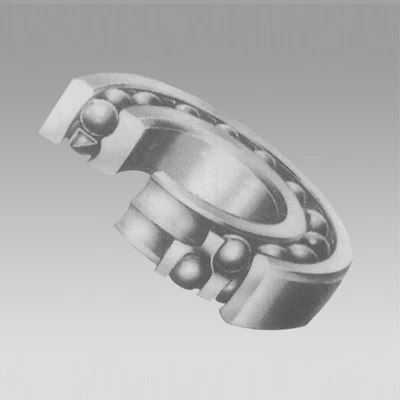
Dec . 04, 2024 07:36 Back to list
Understanding the Terminology of Deep Groove Ball Bearings for Better Selection and Application
Understanding Deep Groove Ball Bearing Nomenclature
Deep groove ball bearings are among the most widely used types of rolling bearings in various applications, from electric motors to automotive components. Their nomenclature, which often appears complex at first glance, is crucial for identifying the specifications and characteristics of each type. This article provides a detailed overview of deep groove ball bearing nomenclature, helping to demystify the terminology and enhance understanding.
Basic Structure of Nomenclature
The nomenclature for deep groove ball bearings typically consists of a series of letters and numbers that represent different features of the bearing. Understanding this system is essential for selecting the right bearing for a specific application. The nomenclature can vary slightly depending on the manufacturer, but there are standard elements that remain consistent across brands.
1. Basic Designation The first part of the nomenclature is usually a set of numbers that indicate the bearing series and size. For example, a bearing designated as 6205 indicates that it is part of the 62 series and has a nominal bore diameter of 25 mm. The size designation allows users to quickly identify the bearing’s dimensions, including its inner diameter, outer diameter, and width.
2. Radial Internal Clearance Following the basic designation, additional characters may indicate the radial internal clearance of the bearing. The most common designations are “C0” for normal clearance, “C3” for greater than normal clearance, and “C2” for less than normal clearance. This information is vital as it influences the bearing's operational performance and longevity, especially under varying thermal conditions.
3. Material and Cage Design Several letters in the nomenclature can refer to the material used and the type of cage design. For instance, letters like V may signify a polyamide cage, while M typically indicates a brass cage. Moreover, if the bearing features special materials or coatings, such as corrosion-resistant finishes, this is often noted in the nomenclature as well, which is critical for applications exposed to harsh environments.
deep groove ball bearing nomenclature

4. Seals and Shields The presence of seals or shields plays a significant role in the performance and longevity of deep groove ball bearings. Nomenclature often includes characters that specify this feature. For example, ZZ indicates metal shields on both sides, RS signifies rubber seals on one side, and 2RS means seals on both sides. These components help keep lubricants in and contaminants out, which is essential for maintaining optimal performance.
5. Special Modifications Some bearings may include additional letters or numbers that represent specific modifications or requirements, such as increased tolerance levels, lubrication features, or special clearance designations. This additional information is vital for engineers who need to ensure that the bearing meets the specific demands of their application.
Applications and Selection Criteria
When selecting deep groove ball bearings, understanding the nomenclature allows engineers and technicians to make informed decisions. The application dictates the bearing's specifications; for instance, a bearing for a high-speed electric motor may require tighter tolerances and lower friction compared to one used in a slower-moving conveyor system.
Furthermore, the environment plays a significant role. In dusty or wet conditions, sealed bearings might be preferred, while applications experiencing high temperatures could benefit from bearings with enhanced materials or thermal resistance.
Conclusion
Deep groove ball bearing nomenclature may seem daunting at first, but it becomes clearer with a bit of study. By understanding the various components of the nomenclature—such as size, clearance, materials, seals, and special modifications—engineers can accurately select the right bearing for their specific needs. Awareness of these terms not only optimizes performance but contributes to the reliability and longevity of the machinery and equipment in which these bearings are used. Therefore, familiarity with deep groove ball bearing nomenclature is indispensable for anyone involved in engineering, product design, or maintenance.
Latest news
-
Grooved Ball Bearing Design and Functionality
NewsJun.04,2025
-
Concrete Mixer Bearing Load Capacity Testing
NewsJun.04,2025
-
6004 Bearing Dimensions in Robotic Joint Designs
NewsJun.04,2025
-
Advantages of Single-Row Deep Groove Ball Bearings
NewsJun.04,2025
-
Applications of Deep Groove Ball Bearings in Automotive Systems
NewsJun.04,2025
-
Innovations in Bearing Pressing Machine Design
NewsJun.04,2025
